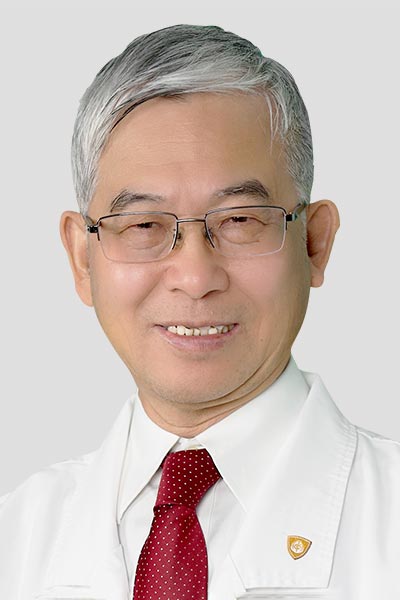The world’s largest lung cancer organizations—the IASLC, the Chinese Society for Clinical Oncology (CSCO), and the Chinese Alliance Against Lung Cancer (CAALC)—will once again come together for a joint session at the upcoming World Conference on Lung Cancer. The session, which will take place from 08:00-12:00 on Saturday, September 7, will explore the global development and future prospects for the evidence-based prevention and management of lung cancer.

“This is a great opportunity for Chinese clinicians and researchers to exchange ideas with their European and American colleagues,” said IASLC President-elect Caicun Zhou, MD, PhD, Director of Oncology at Shanghai East Hospital and Professor and Director of Cancer Institute of the Tonji University School of Medicine in Shanghai, China. “We all know that differences in medical systems and culture influence the practice of treating lung cancer, which makes this an important learning opportunity for all of us.”
Dr. Zhou will co-chair the joint session on Prevention and Evidence-based Medicine: The Past and Future for Lung Cancer Globally. He will share the platform with Yi-Long Wu, MD, Professor of Oncology, Guangdong Lung Cancer Institute, Guangdong Provincial People’s Hospital, Guangzhou, China; Karen Kelly, MD, IASLC Chief Executive Officer; and Chunxue Bai, MD, PhD, Professor Emeritus of Respiratory Medicine, Zhongshan Hospital Fudan University, Director of the Shanghai Respiratory Institute, and Chair of CAALC and the International Association for Metaverse in Medicine.
The joint session includes multiple oral presentations and more than a dozen poster presentations with discussion.

08:00-12:00 PDT, Saturday, September 7
Room 32AB, San Diego Convention Center
Joint IASLC-CSCO-CAALC Session—Prevention and Evidenced-based Medicine: The Past and Future for Lung Cancer Globally
The IASLC, the Chinese Society for Clinical Oncology, and the Chinese Alliance Against Lung Cancer will host a joint session featuring multiple oral presentations and more than a dozen poster presentations.

Like other countries in Asia, China is seeing major differences in lung cancer by sex, Dr. Bai noted. Nearly all lung cancers in men are associated with tobacco use while 90% of lung cancer cases in women are in patients who have never smoked. There are scant data on environmental, workplace, and home pollution and other factors that may play a role in the differences.
China has long been the largest consumer of cigarettes in the world and smoking rates have declined minimally despite robust efforts by the CAALC and other groups. Lung cancer mortality showed a sharp decline starting in 2021 even though China consumes about 40% of the global cigarette production and primary prevention has had little effect on smoking rates.
“We need to consider other causes where secondary prevention may play an important role,” Dr. Bai said. “There is some evidence from CAALC and other associations that earlier detection and treatment may be important. We know there was an increase in CT scans in 2020 and 2021 that may have detected more early tumors, but those scans were because of COVID-19, not for lung cancer detection.”
Chinese guidelines call for low dose CT screening starting at age 40 because of pervasive early-age smoking, Dr. Bai said. The resulting large screening population has spurred interest in artificial intelligence for pulmonary evaluation, but a lack of adequate training datasets is a challenge. Much of the current AI data are derived from European and US populations, which have an extremely low prevalence of tuberculosis compared to Chinese populations.
“We need Chinese-based populations for training,” Dr. Bai said. “US and European datasets are not very useful because the probability of tuberculosis is so much higher in China and misdiagnosis by machine learning is too common.”
Adding liquid biopsy results to low dose CT screening shows significant promise, Dr. Bai added, and biomarker studies continue to show positive results.
“In terms of tumor response, rates of progression-free survival and overall survival compared to chemotherapy, we are seeing great results,” Dr. Zhou said. “We have 5-year survival rates of 18% to 32% for advanced stages of lung cancer, huge progress compared to chemotherapy. We are expecting bispecific antibodies, antibody-drug conjugates, and more to make inroads. We will see many more patients cured of lung cancer.”





